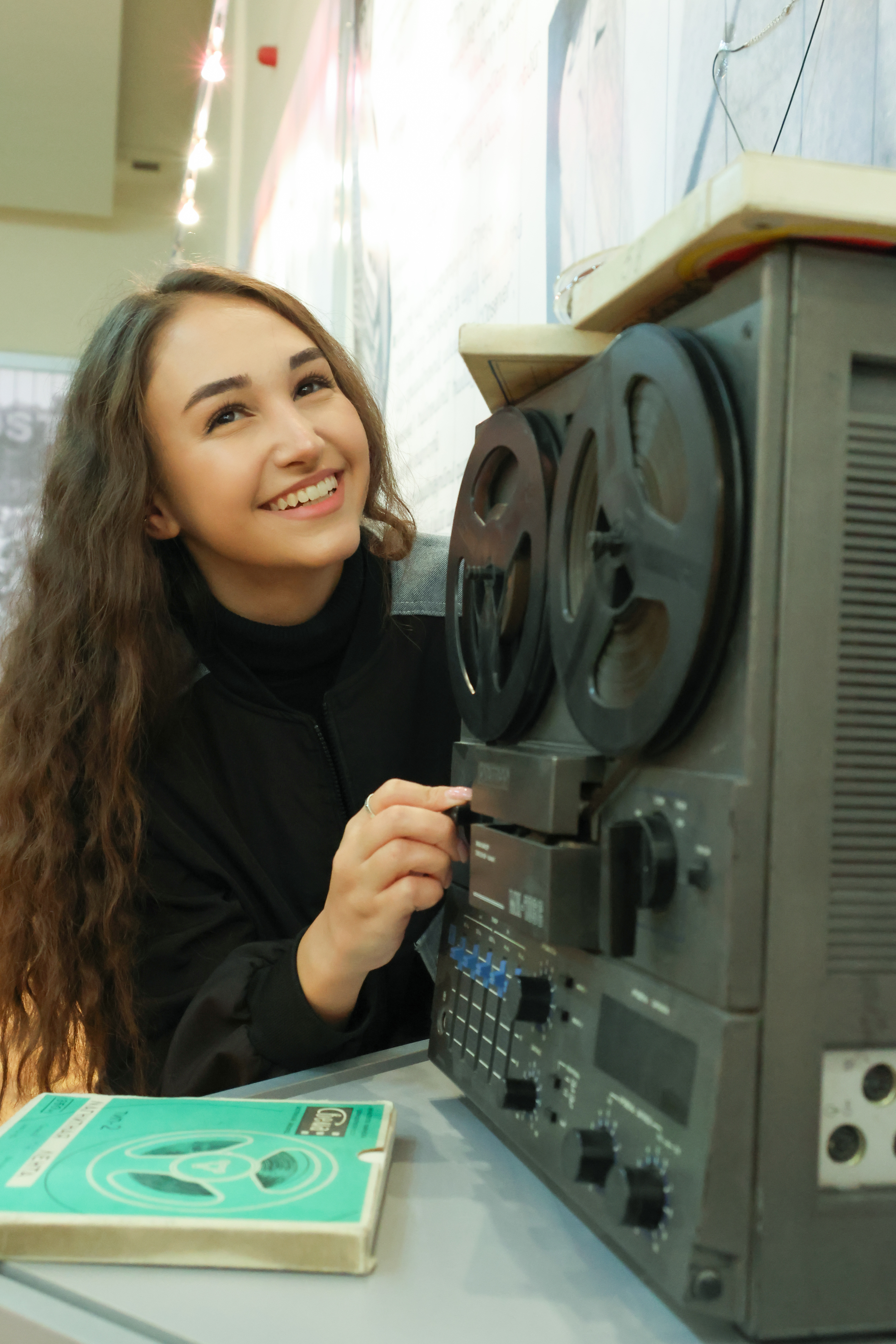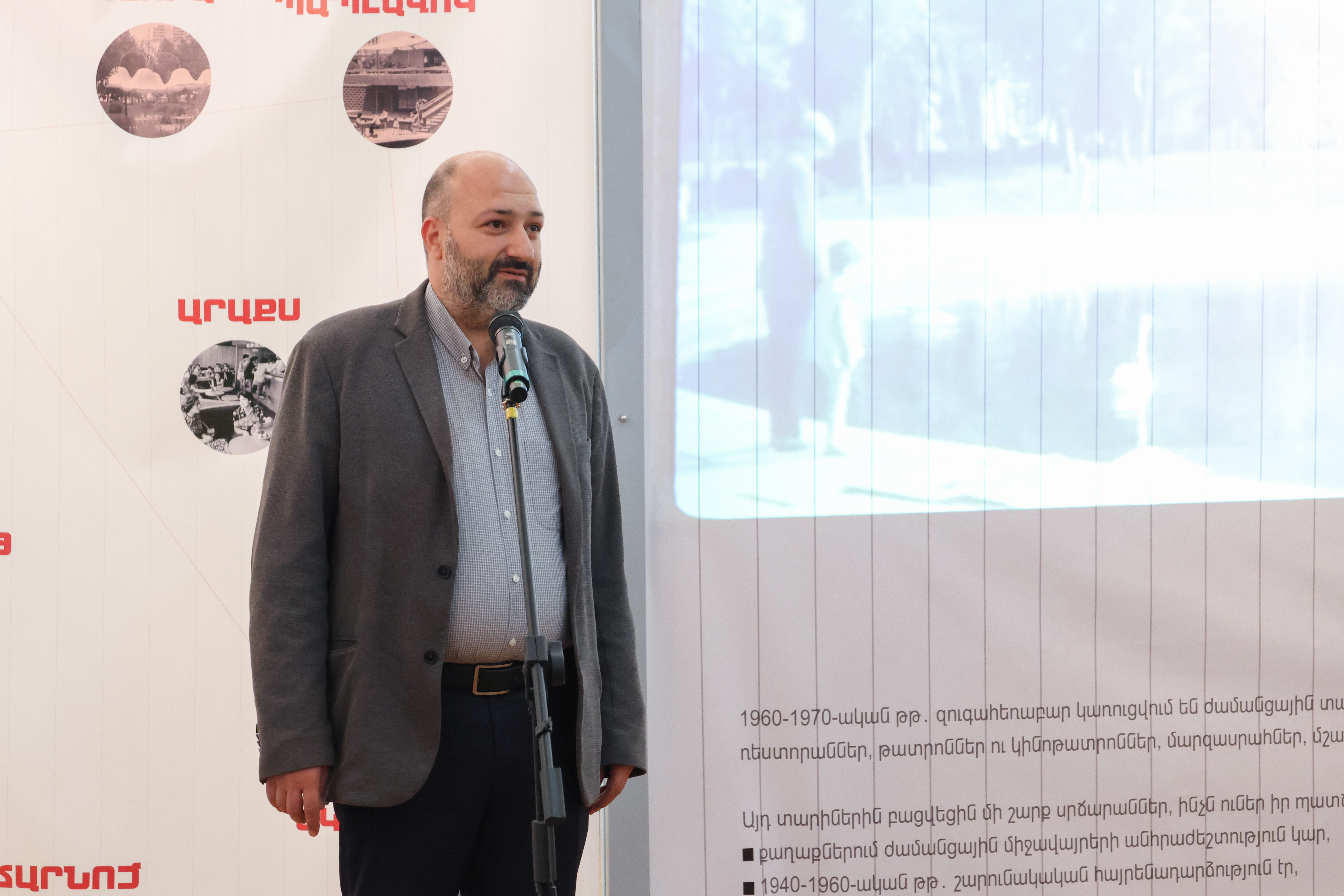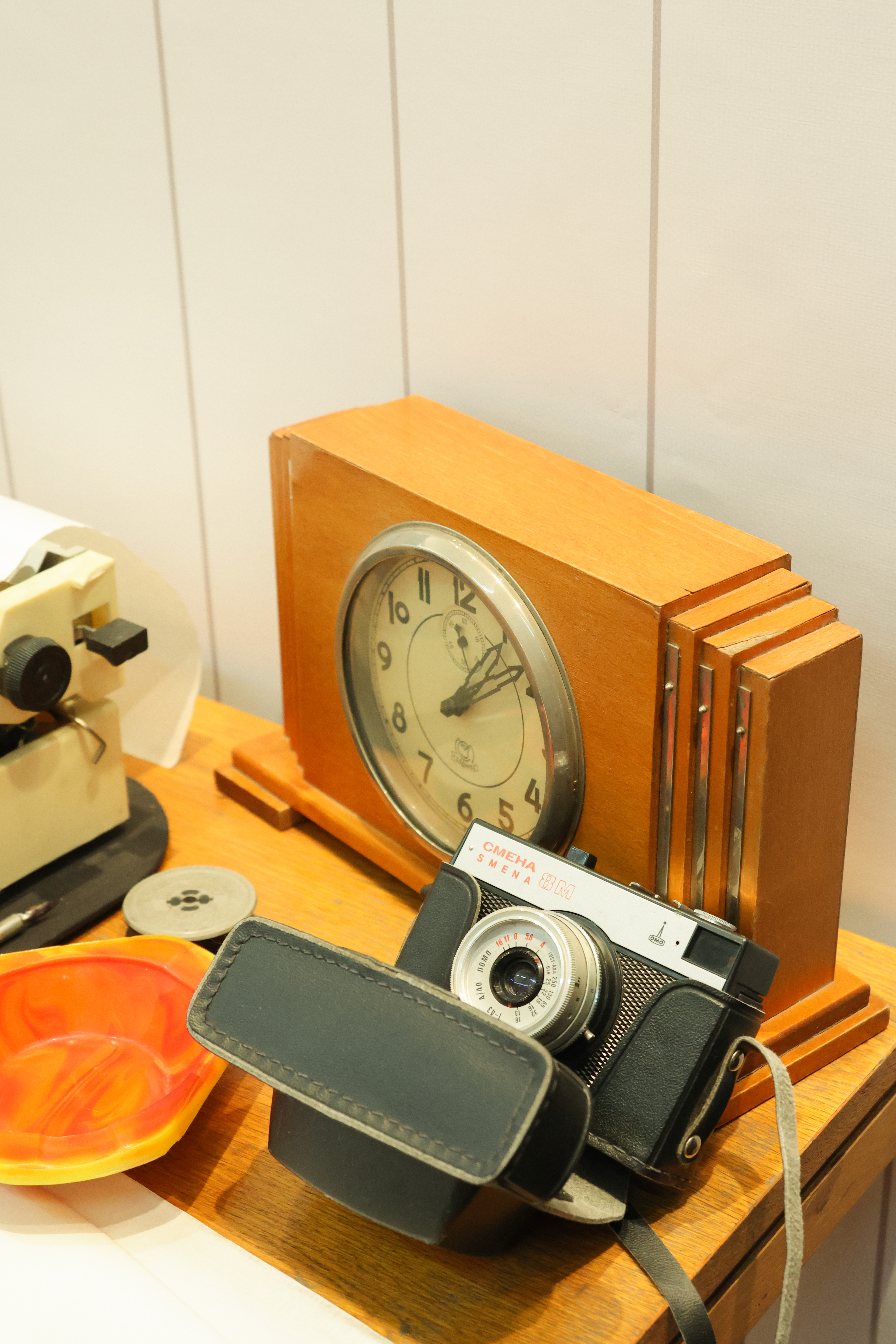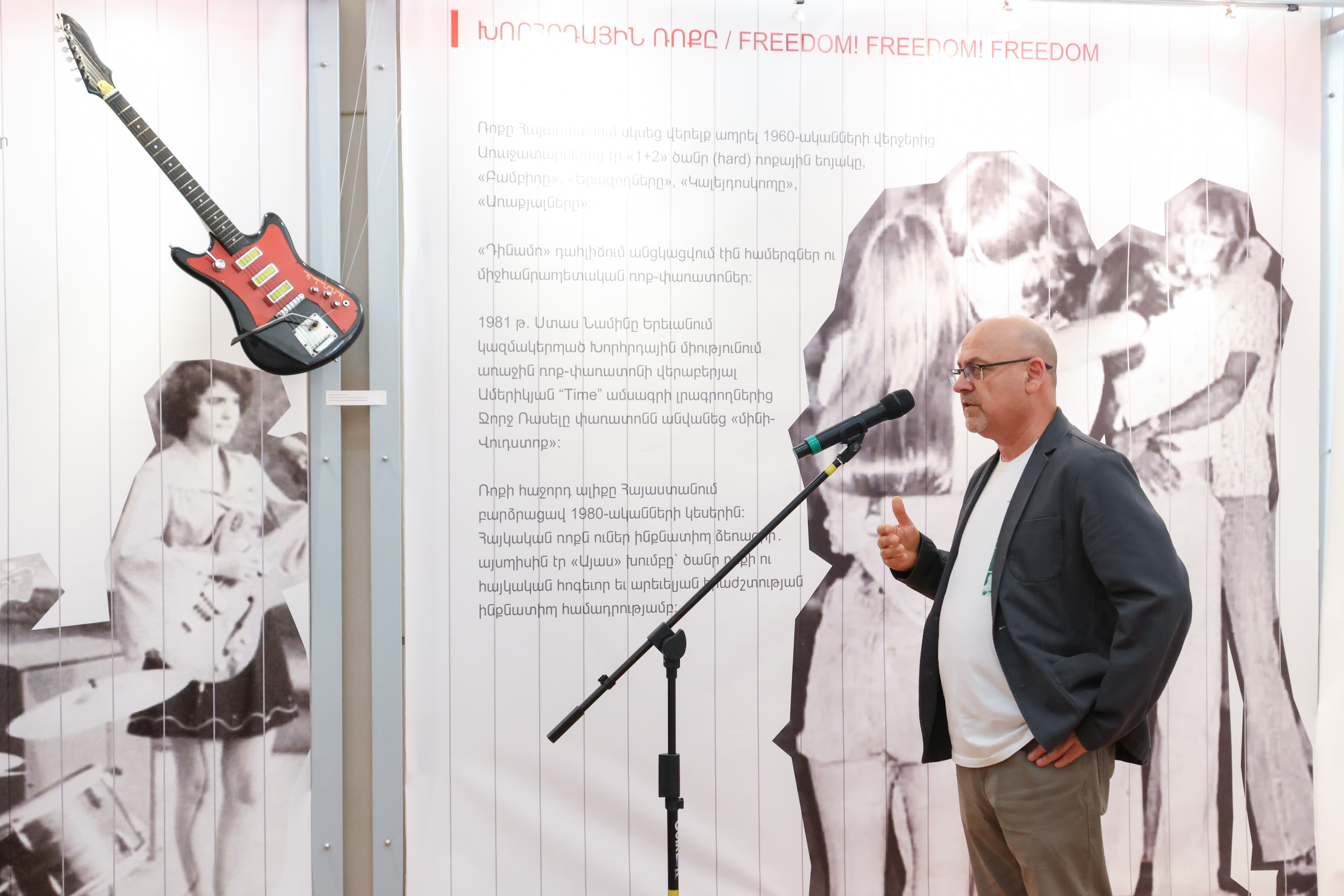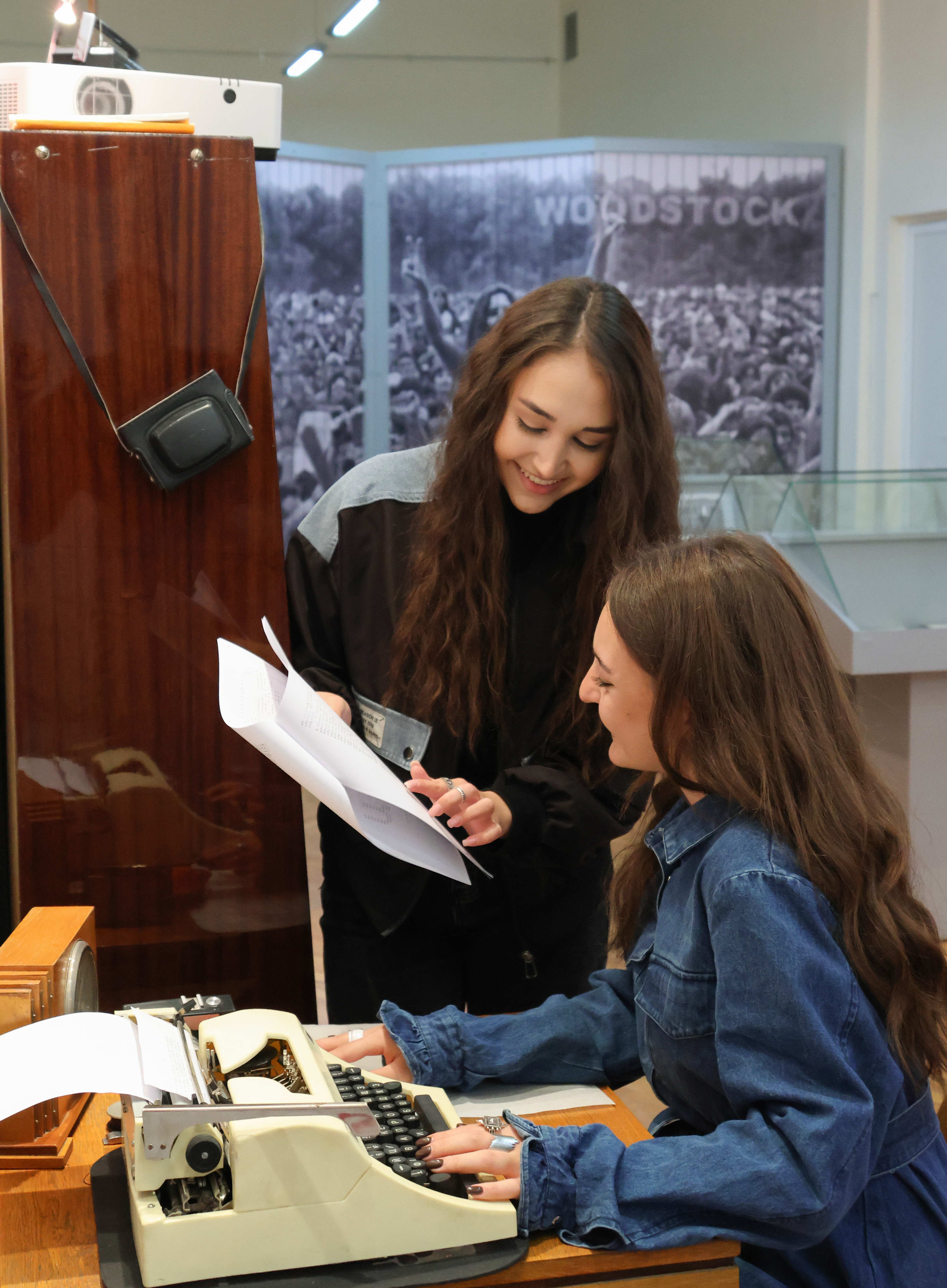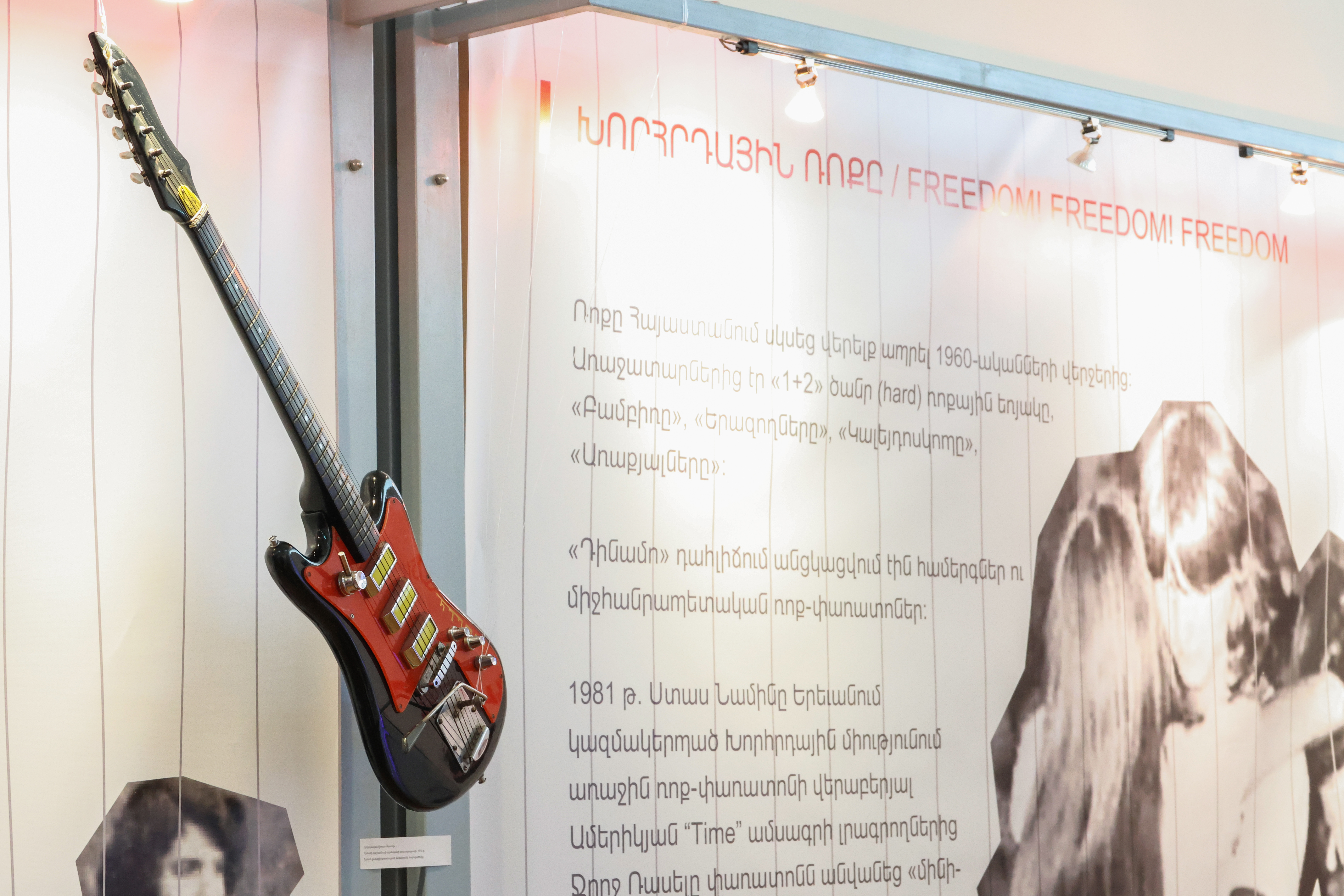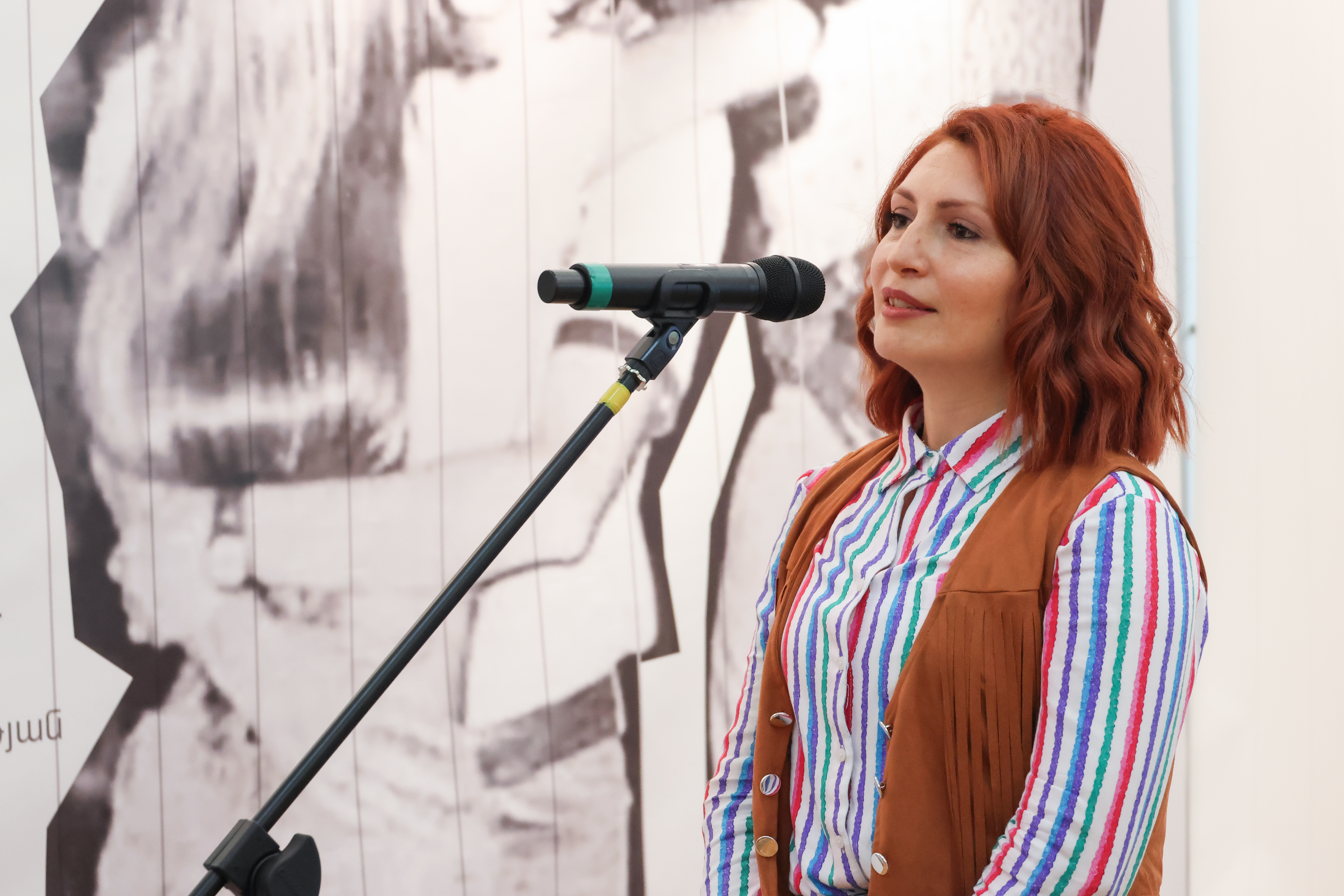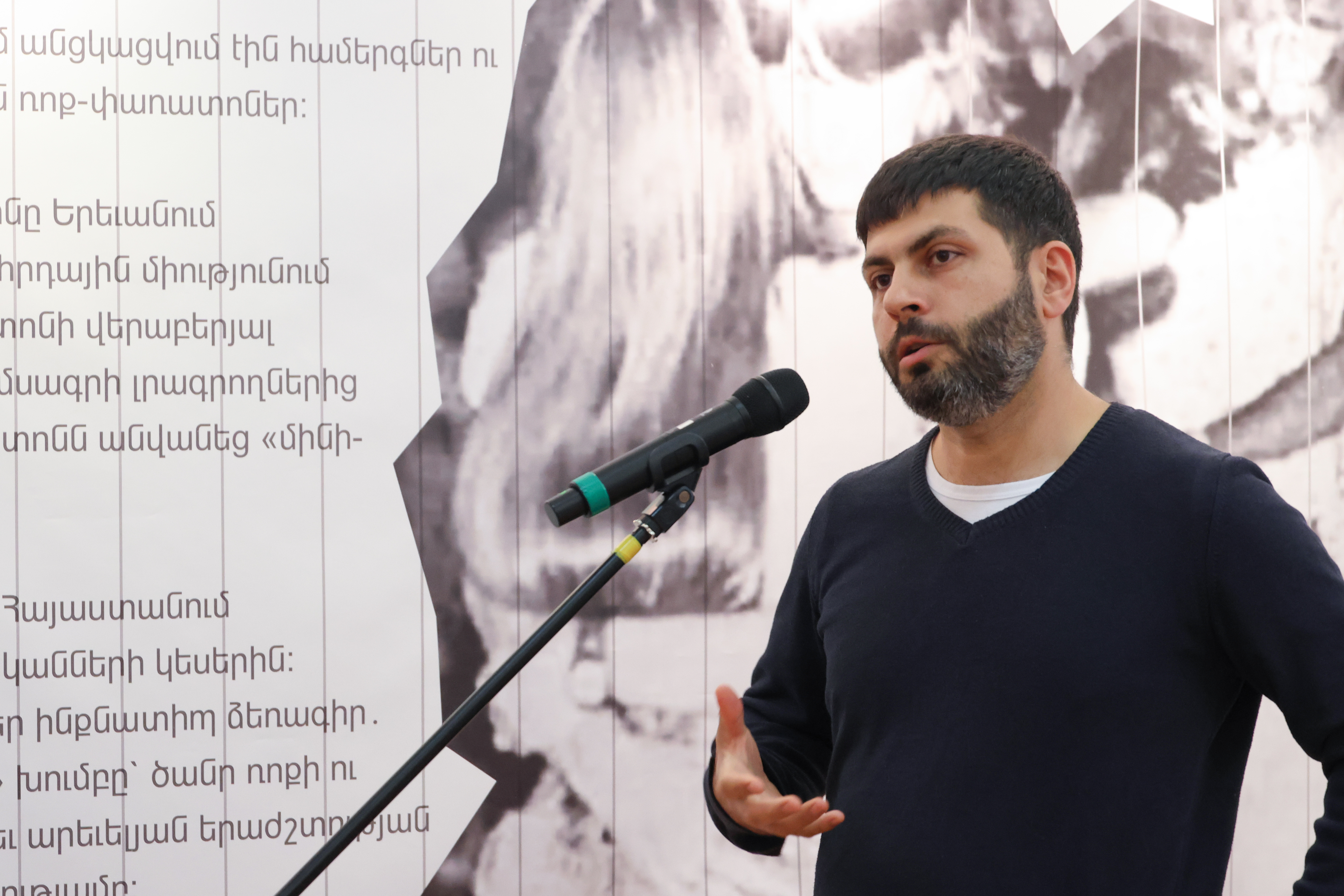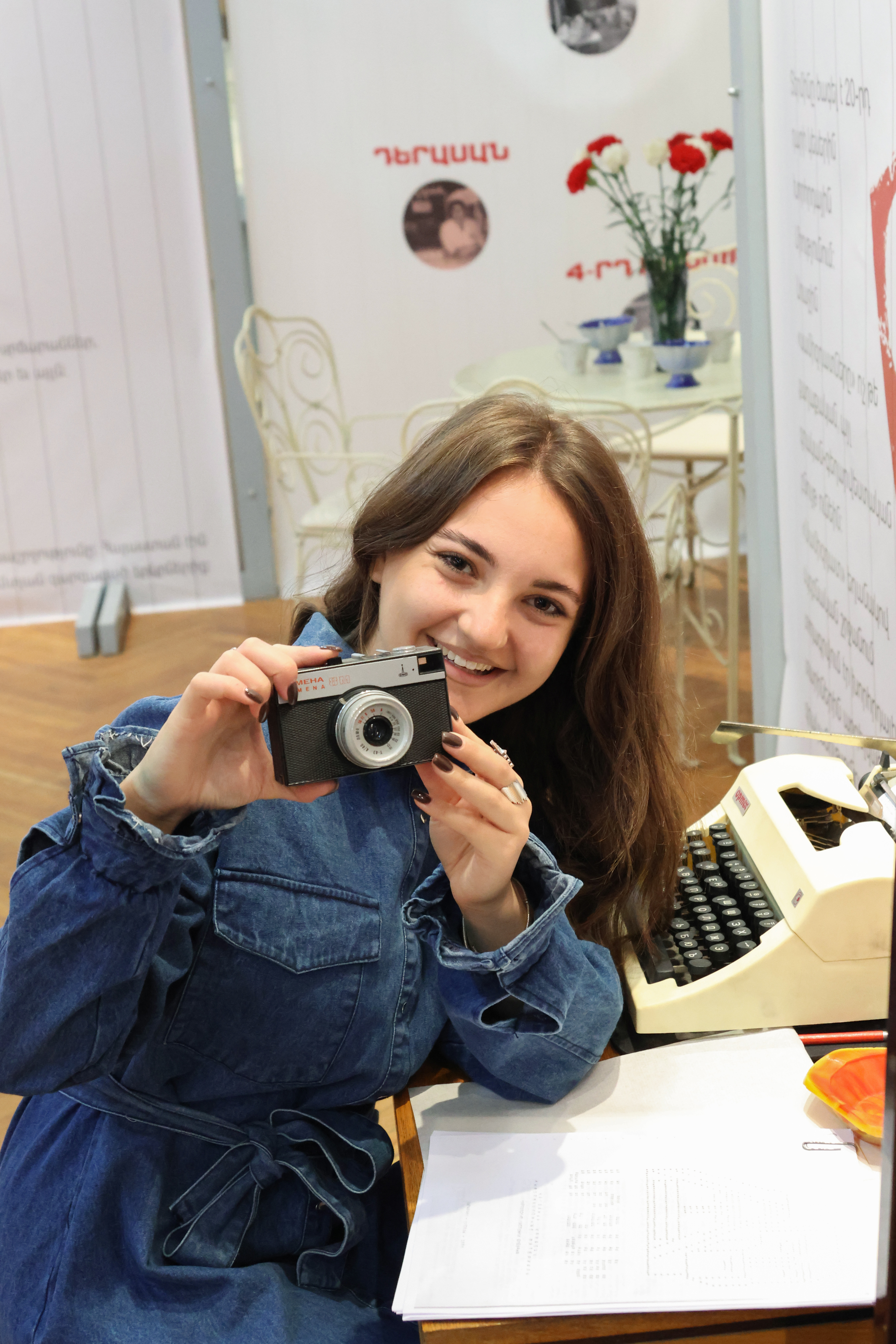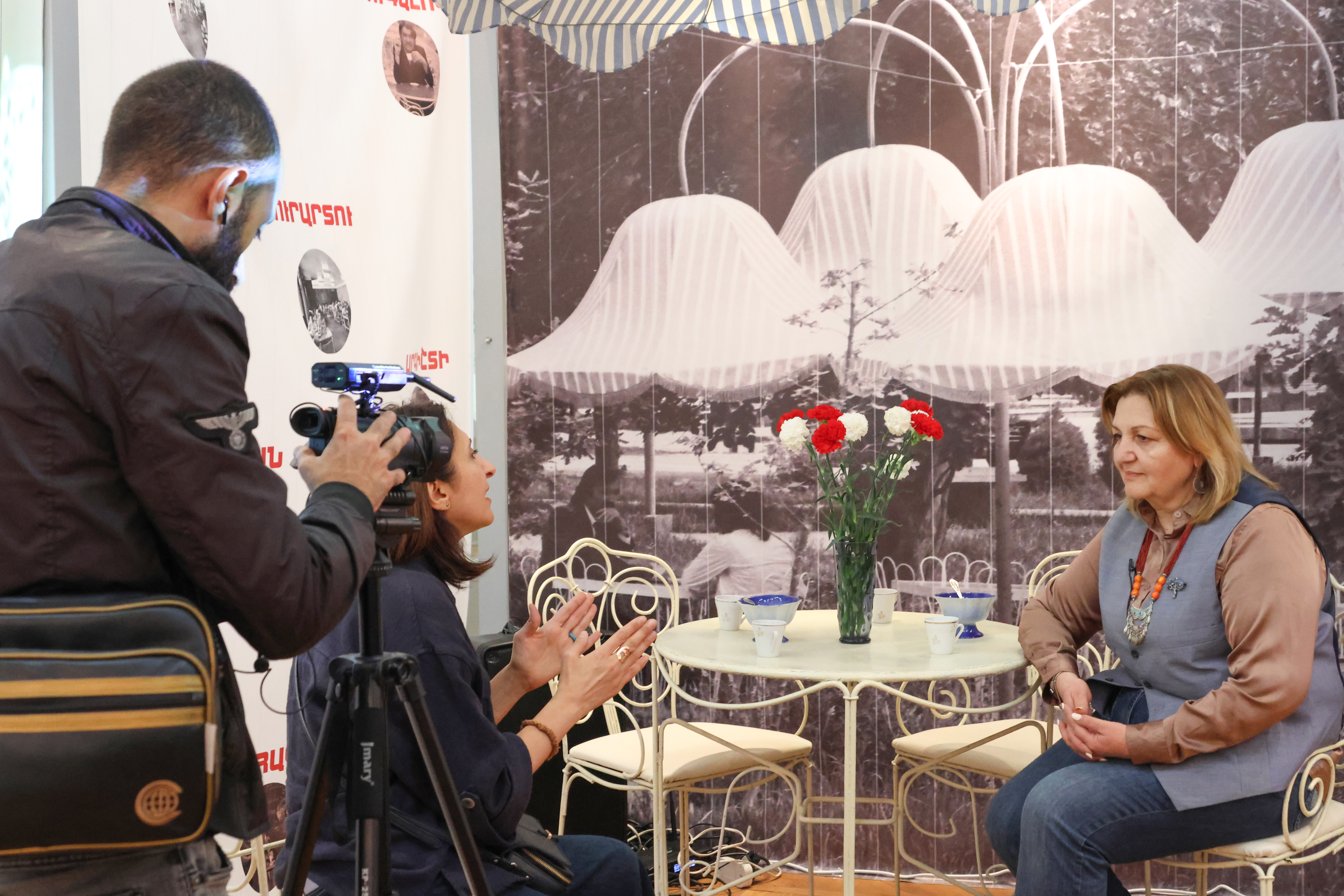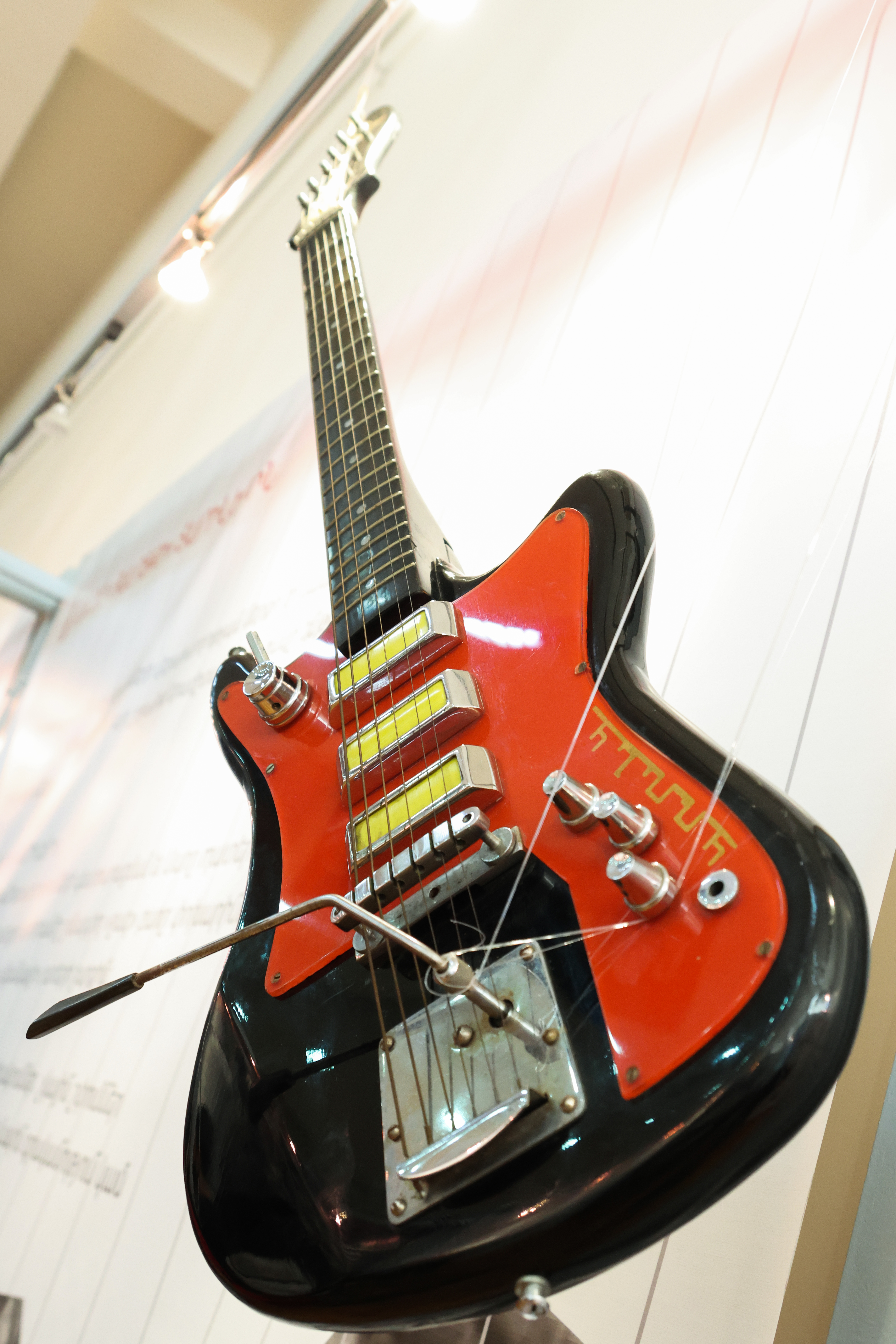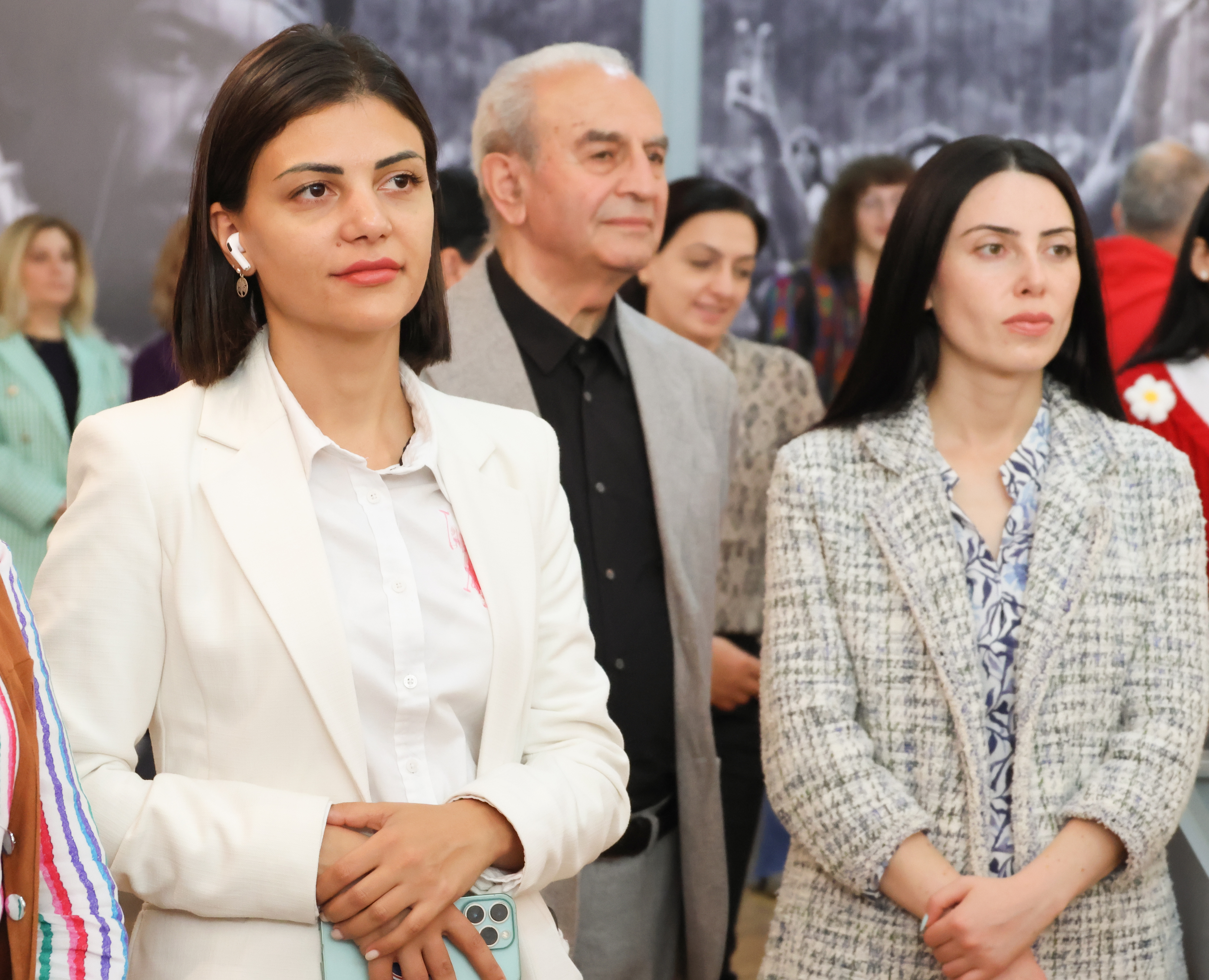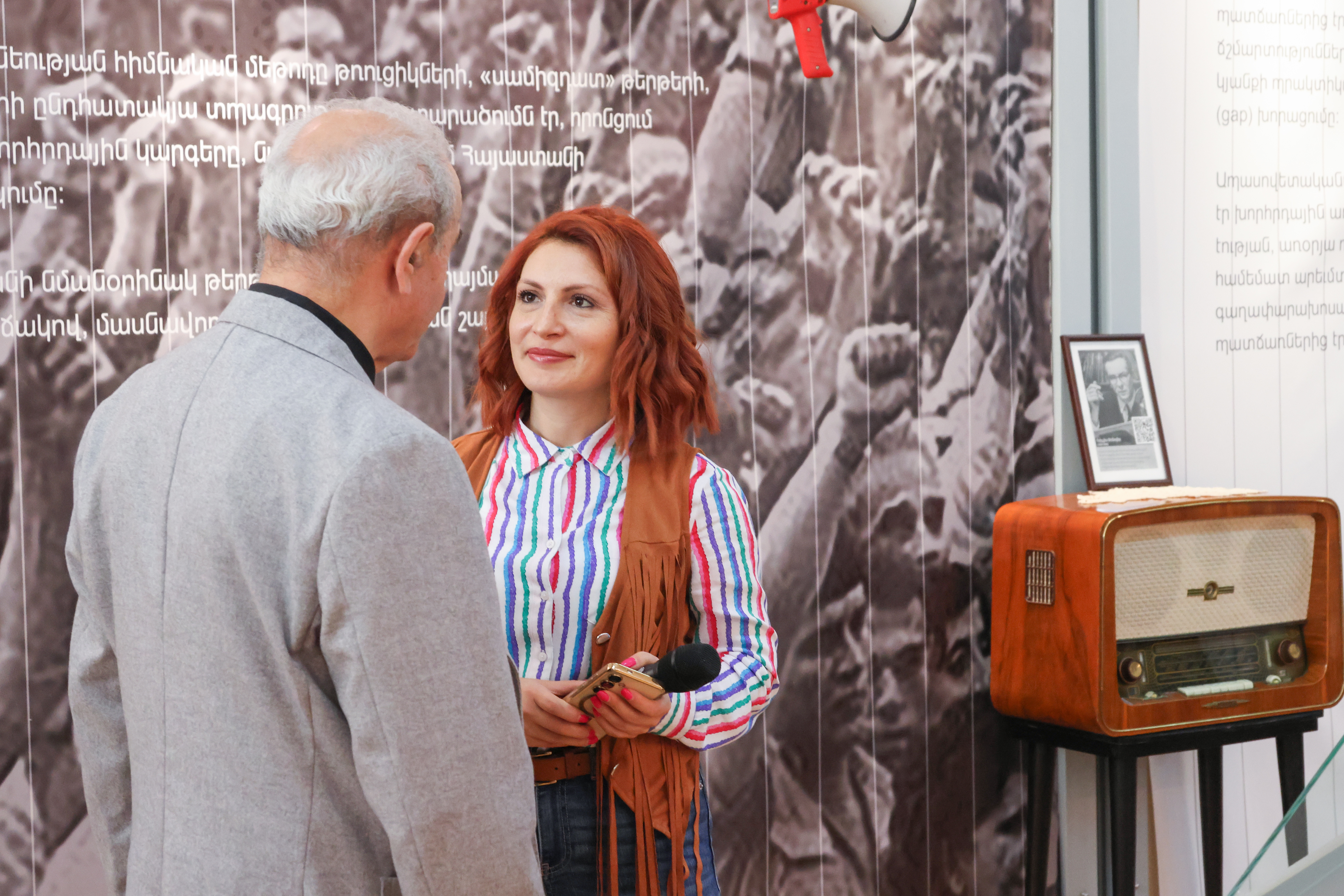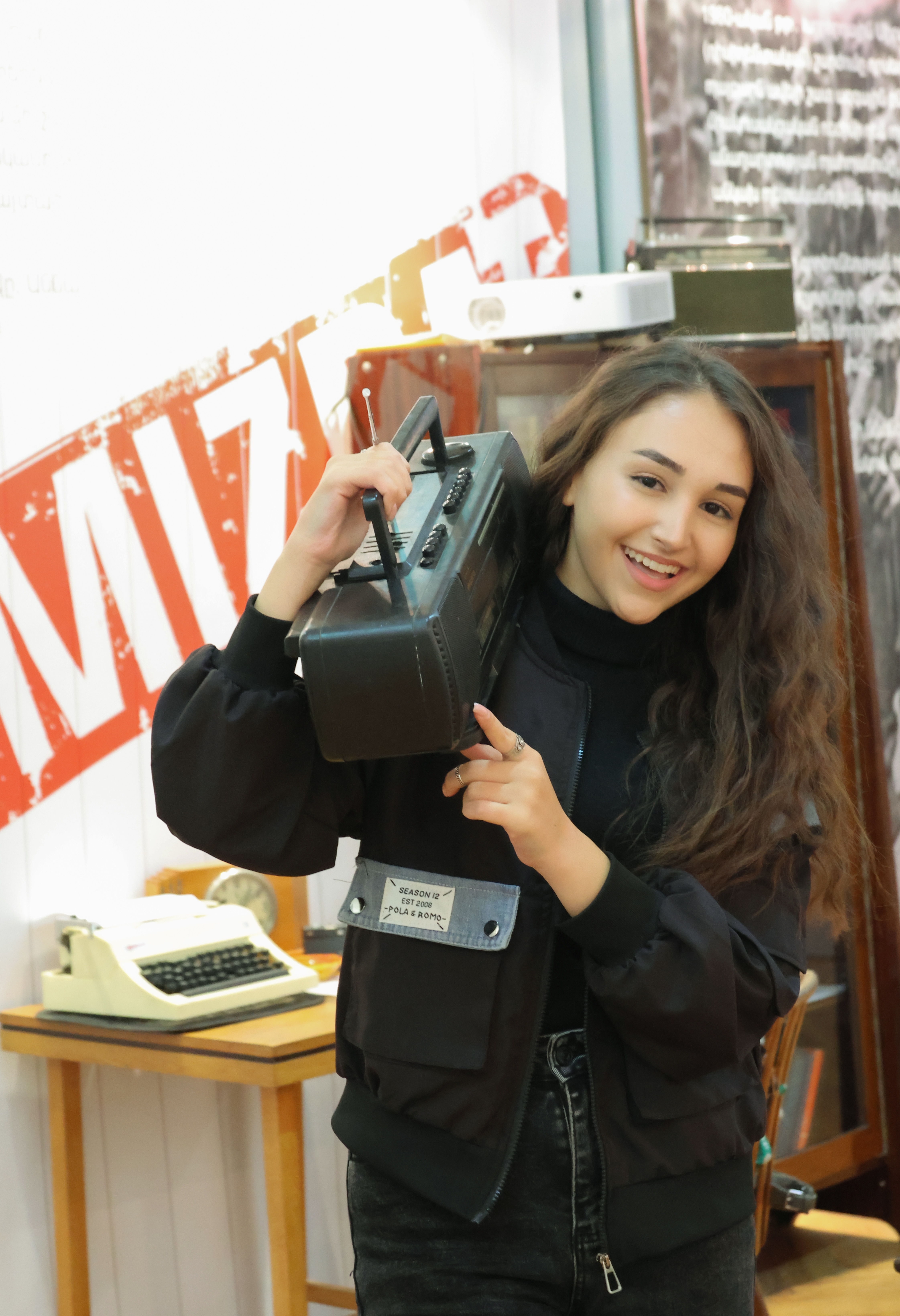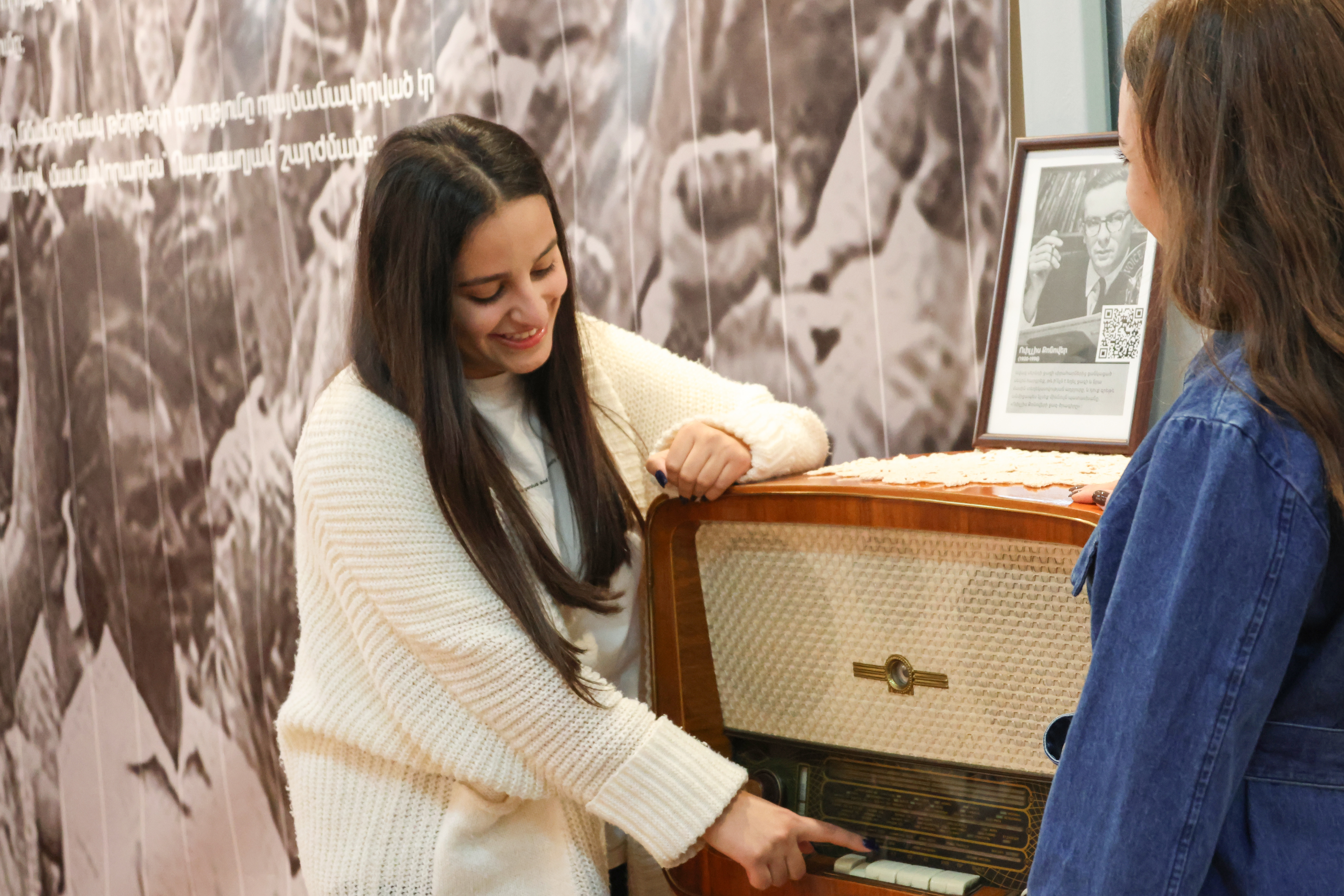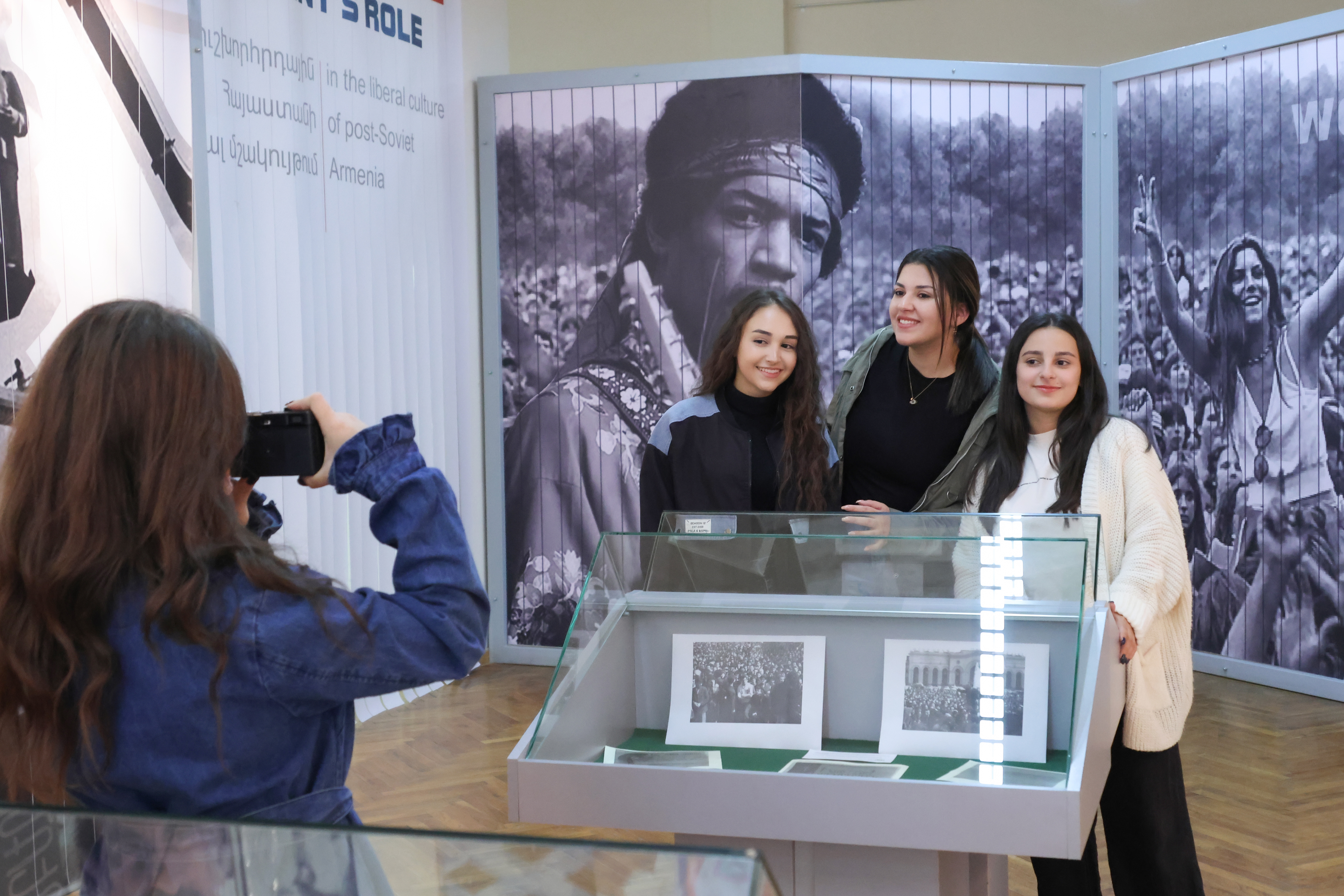October 16, 2024 | 15:40
Society
Events
Culture
Achieving freedom through liberalization of thought: Temporary exhibition at YSU History Museum
The YSU Museum of History named after Professor Ludwig Gharibjanyan recently opened an exhibition titled "The Role of Students in the Liberal Culture of Post-Soviet Armenia". This temporary exhibition features samples from the thaw period, an era of liberalization of thought. It highlights the introduction of Western clothing, the rise of liberal movements such as the hippie movement and dissent, the emergence of diverse musical tastes—particularly rock—and the revitalization of cafe culture, driven by a youth increasingly rejecting the constrained life of the USSR.
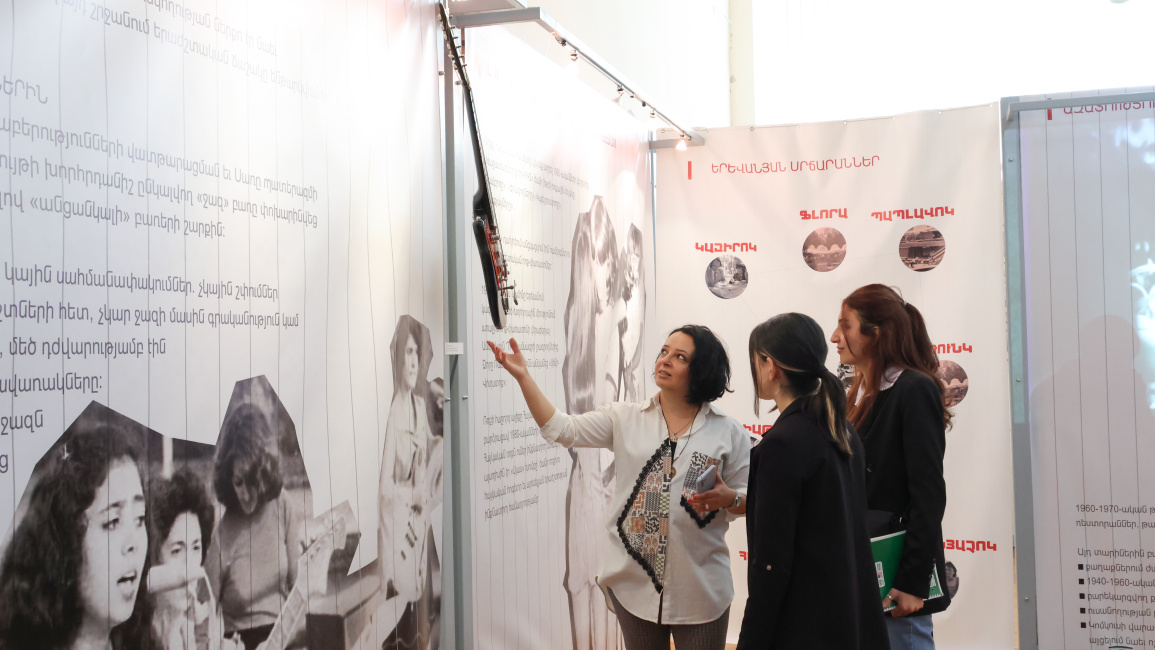
Mikayel Hovhannisyan, Vice-Rector for Development and Innovation at YSU, welcomed the guests and highlighted the extensive research conducted under the project "The Role of Students in the Liberal Culture of Post-Soviet Armenia". This initiative, funded by Yerevan State University and the Friedrich Naumann Foundation for Freedom, has yielded significant findings. The results will soon be published as scientific and journalistic articles and will also be available on the YSU website.
"This exhibition marks the start of realizing a significant idea. Through the events at YSU, we delve into the experiences and expressions of Armenia's youth during the 20th century and the early 21st century," stated M. Hovhannisyan.
Tatevik Saroyan, Director of the YSU Museum of History named after Professor Ludwig Gharibjanyan, emphasized that the presented exhibits encapsulate centuries of history. She highlighted that these exhibits were made possible through collaboration with partners, including Public Radio, the Yerevan History Museum, and the Armenian Genocide Museum-Institute.
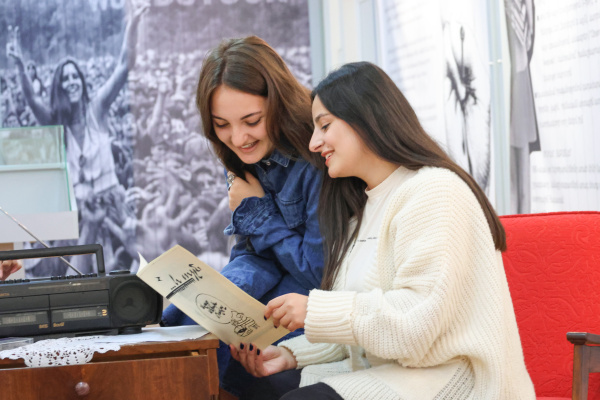
Armen Grigoryan, Coordinator of the Armenian office of the Friedrich Naumann Foundation for Freedom, emphasized YSU's unique role in studying Armenian history. He noted that, having undergone various transformations since the era of the First Republic, the university remains central to the country's historical narrative.
"It is interesting for us to see how liberal ideas entered our society during the post-Soviet period and to share these insights. Studying and reevaluating this era is important, and we are committed to continuing this successful project," A. Grigoryan pointed out.
Cultural anthropologist Aghasi Tadevosyan emphasized the importance of the project, noting that today’s young people often find it challenging to imagine the nature of the Soviet Union. One of the project's main goals is to present the totalitarian aspects of the USSR to younger generations while highlighting the journey taken by today's independent Armenia. He pointed out that within a like-minded populace, there have always been individuals who distinguished themselves through their unique perspectives, asserting that true freedom begins with the liberalization of thought itself.
As part of the project, lectures were organized featuring invited speakers from the academic field, who discussed the journeys of individuals who fought against Soviet totalitarianism. The lectures addressed key aspects of the late Soviet period, including censorship, the uniformity in Soviet youth fashion and the shift to foreign clothing, changing musical tastes such as the rise of rock and jazz during the thaw period, and the dissident movement, which primarily demanded Armenia's independence. Documented examples of these realities are now presented in the exhibition.
The exhibition will be open until March 20, 2025.



















